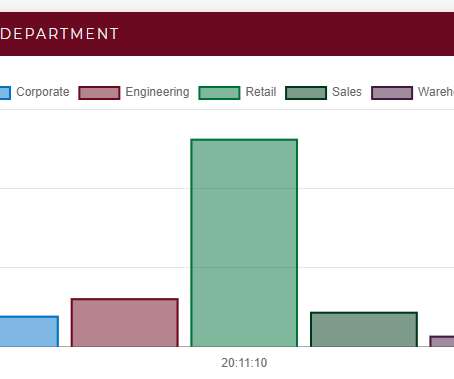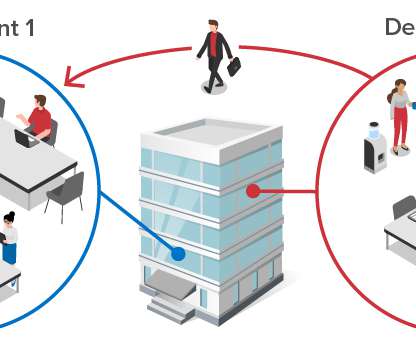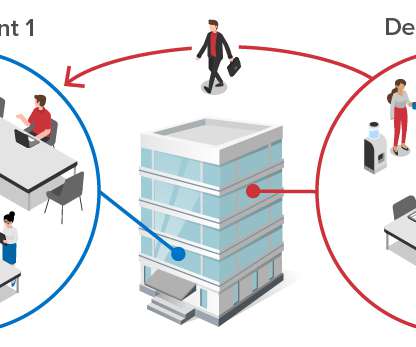Voluntary Contact Self-Tracing for Companies
ScaleOut Software
JULY 11, 2020
In addition, employees can manually track information about contacts they make while on business travel, such as during airline flights, taxi rides, and meals at restaurants. Using a mobile app connected to a cloud service, it creates and maintains a dynamic web of contacts that evolves as interactions occur and time passes.












Let's personalize your content